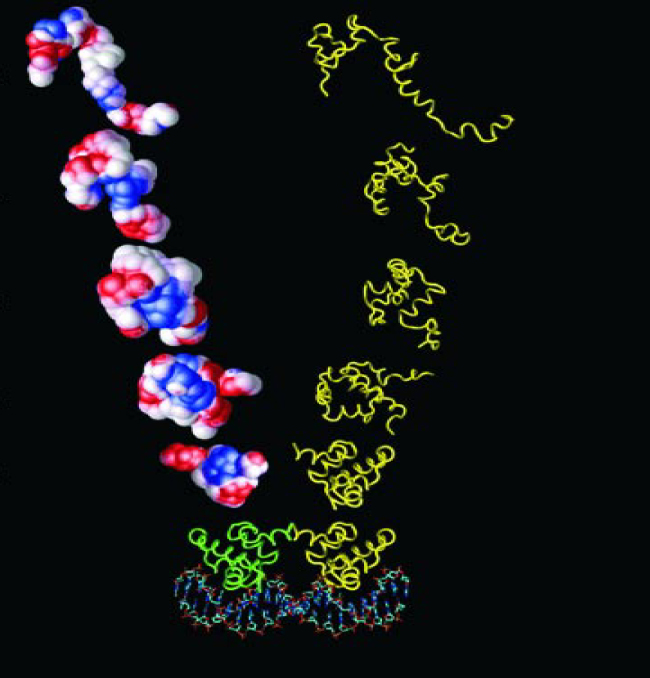San Diego Center Theorizes About the Physics of Biology
DOI: 10.1063/1.1554131
Applying the tools of theoretical physics to elucidate the mysteries of biology is the aim of the Center for Theoretical Biological Physics. Based at the University of California, San Diego, the CTBP kicked off this past fall with $10.5 million as NSF’s newest physics frontier center (see Physics Today, November 2001, page 28
Biology is in the process of switching from a descriptive to a quantitative science, says José Onuchic, a UCSD physicist who codirects the CTBP. “Bringing theoretical formalism to this open field is something physicists can do. I am not trying to find new physical laws, but to use a physics approach to ask what the underlying principles are that govern biology. That is where we want to move in.” The CTBP partners are UCSD’s division of physical sciences and supercomputer center, the Scripps Research Institute, and the Salk Institute for Biological Studies.
In one line of inquiry at the CTBP, scientists ask how molecular machines work, with protein synthesis by ribosomes as a prototype. Another focus is genetic regulation. The center’s third thrust is understanding the connections between spatial organization and signaling in cells. In heart cells, for example, an electric potential causes a calcium wave, which in turn leads to a biophysical force—muscle contraction. “It’s a nonlinear, noisy process, and it has to function and have a reliable signal even in the presence of noise,” says center co-director and UCSD physicist Herbert Levine. Common to all three projects is an approach that goes from the molecular level to the systems level and uses simulation and modeling with an eye on experimental results.
Also on the CTBP’s agenda are education and training, in particular helping physicists from other sub-fields switch to biological physics. The center will run workshops and courses, and it will arrange for post-docs and students to have joint appointments with a physical scientist and a biologist. “There is no better way to get them into both cultures,” says Onuchic.
The CTBP adds to a growing investment in biology by NSF’s physics division. It was also the only award last year under the agency’s physics frontiers program, although two other proposals are in line should NSF find more money in 2003. NSF launched the frontiers program in 2001, and has since decided to call for proposals every three years instead of annually.

Genetic switches. The role of protein binding to DNA in controlling genetic regulation, and hence protein production, is one area of research that scientists are pursuing at the Center for Theoretical Biological Physics. In this figure, two identical proteins (atomic and ribbon depictions) are shown as they progressively fold under the influence of electrostatic and many-body forces. They form a dimer and bind to a DNA segment.
(Courtesy of Nathan Baker and Michael Prentiss, UCSD.)

More about the Authors
Toni Feder. American Center for Physics, One Physics Ellipse, College Park, Maryland 20740-3842, US . tfeder@aip.org
